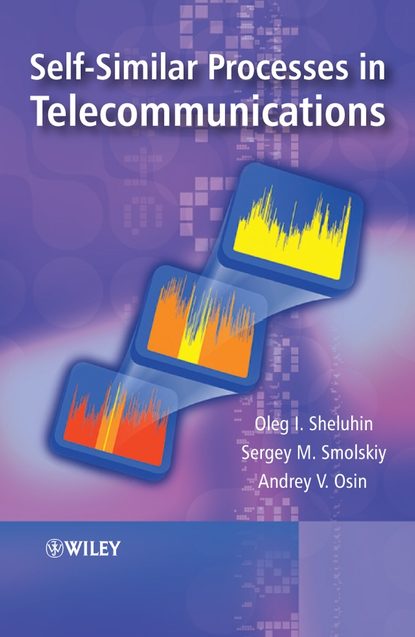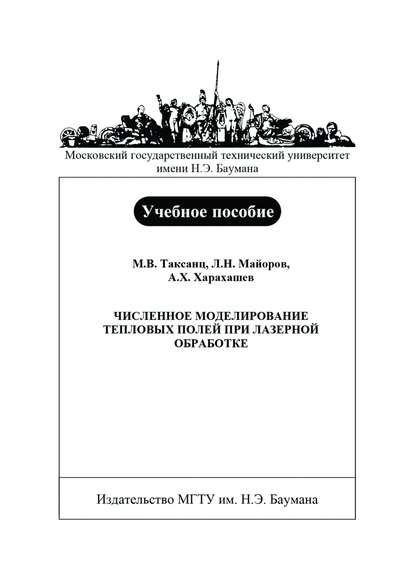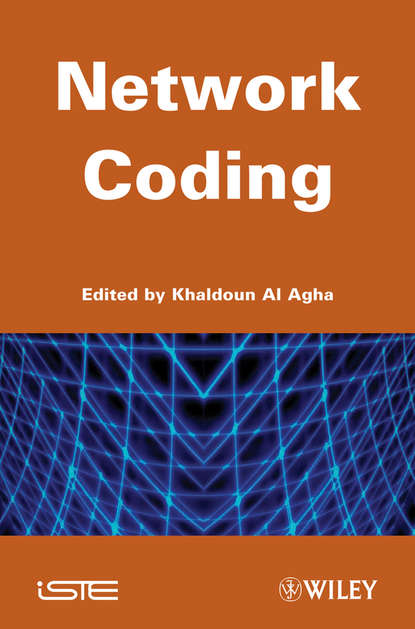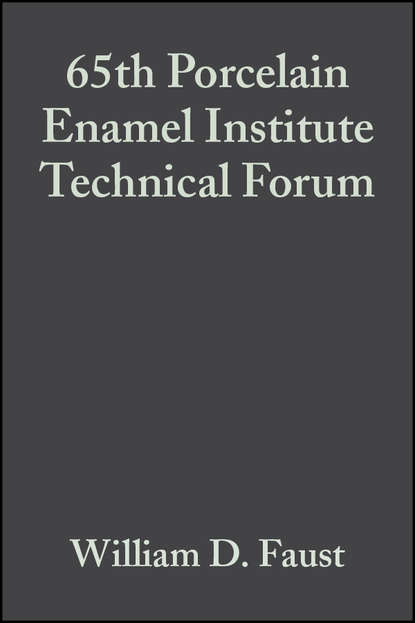В книге “Self-Similar Processes in Telecommunications” автор Олег Шелухин впервые подробно и системно обсуждает проблемы самоподобия голосовых услуг с конкретными примерами и иллюстрациями. В книге рассматриваются самоподобные (фрактальные и мультифрактальные) модели телекоммуникационного трафика и эффективности на основе предположения, что его трафик обладает фрактальными или мультифрактальными свойствами (является самоподобным). Подробно обсуждаются теоретические аспекты наиболее известных моделей трафика, демонстрирующих самоподобные свойства, и представлен сравнительный анализ эффективности различных моделей для самоподобного трафика. Книга показывает, как использовать самоподобные процессы для проектирования новых телекоммуникационных систем и оптимизации существующих сетей для достижения максимальной эффективности и работоспособности. Подход основан на теории, описывающей алгоритмы (логические арифметические или вычислительные процедуры, определяющие, как выполняется задача) для моделирования этих самоподобных процессов. Однако язык и идеи по существу доступны для всех.
Электронная Книга «Self-Similar Processes in Telecommunications» написана автором Oleg Sheluhin в году.
Минимальный возраст читателя: 0
Язык: Английский
ISBN: 9780470062104
Описание книги от Oleg Sheluhin
For the first time the problems of voice services self-similarity are discussed systematically and in detail with specific examples and illustrations. Self-Similar Processes in Telecommunications considers the self-similar (fractal and multifractal) models of telecommunication traffic and efficiency based on the assumption that its traffic has fractal or multifractal properties (is self-similar). The theoretical aspects of the most well-known traffic models demonstrating self-similar properties are discussed in detail and the comparative analysis of the different models’ efficiency for self-similar traffic is presented. This book demonstrates how to use self-similar processes for designing new telecommunications systems and optimizing existing networks so as to achieve maximum efficiency and serviceability. The approach is rooted in theory, describing the algorithms (the logical arithmetical or computational procedures that define how a task is performed) for modeling these self-similar processes. However, the language and ideas are essentially accessible for those who have a general knowledge of the subject area and the advice is highly practical: all models, problems and solutions are illustrated throughout using numerous real-world examples. Adopts a detailed, theoretical, yet broad-based and practical mathematical approach for designing and operating numerous types of telecommunications systems and networks so as to achieve maximum efficiency Places the subject in context, describing the current algorithms that make up the fractal or self-similar processes while pointing to the future development of the technology Offers a comparative analysis of the different types of self-similar process usage within the context of local area networks, wide area networks and in the modeling of video traffic and mobile communications networks Describes how mathematical models are used as a basis for building numerous types of network, including voice, audio, data, video, multimedia services and IP (Internet Protocol) telephony The book will appeal to the wide range of specialists dealing with the design and exploitation of telecommunication systems. It will be useful for the post-graduate students, lecturers and researchers connected with communication networks disciplines.



















